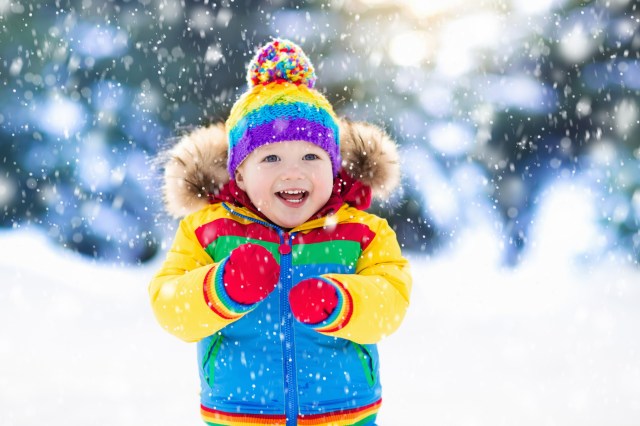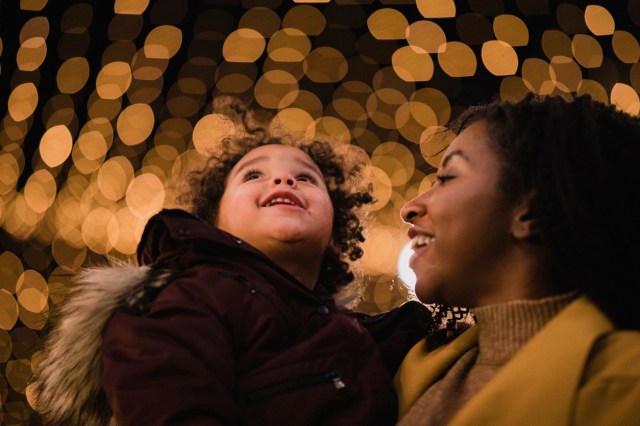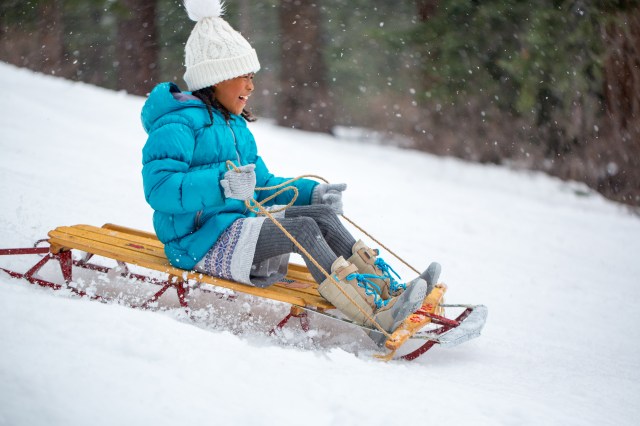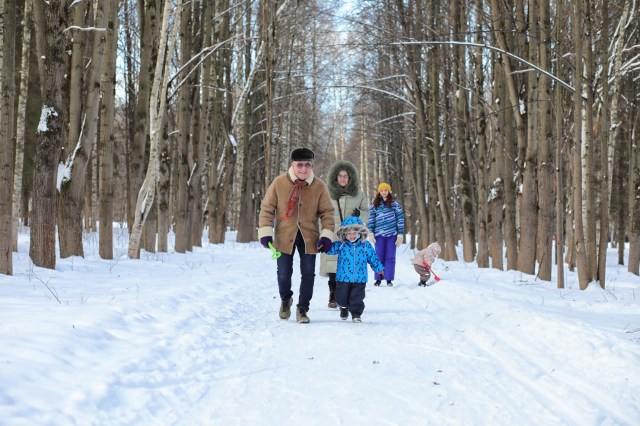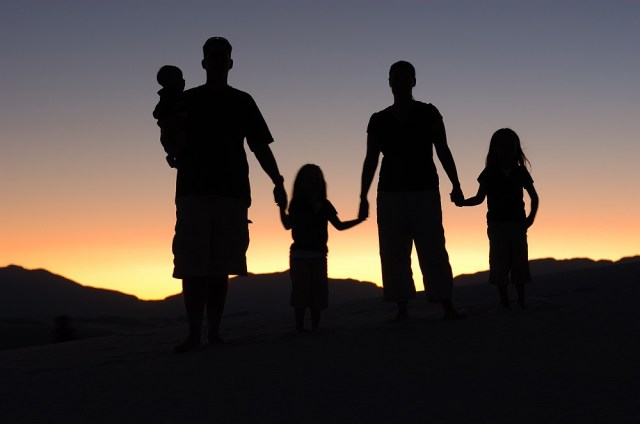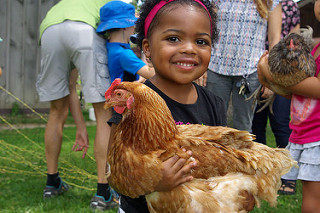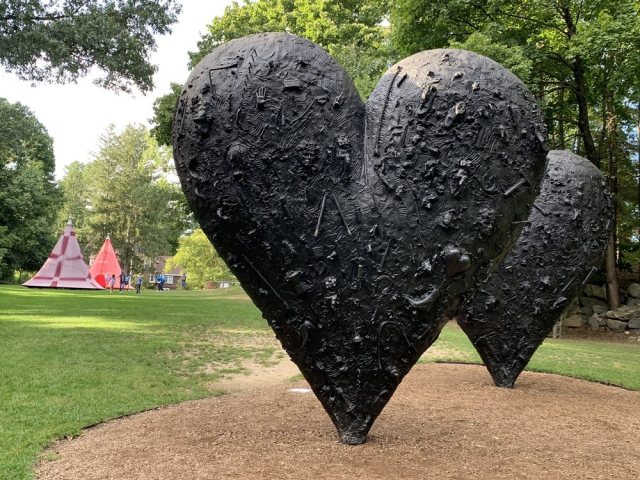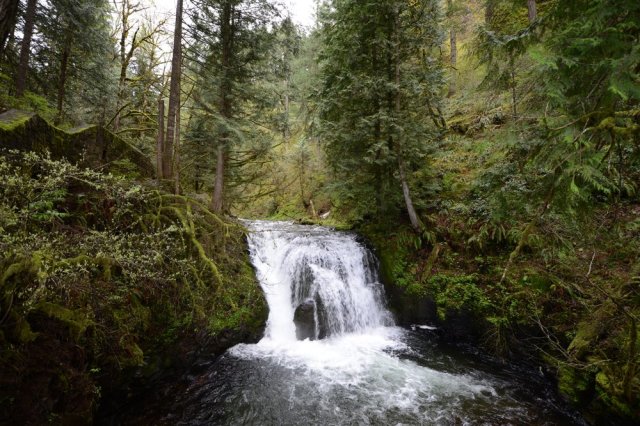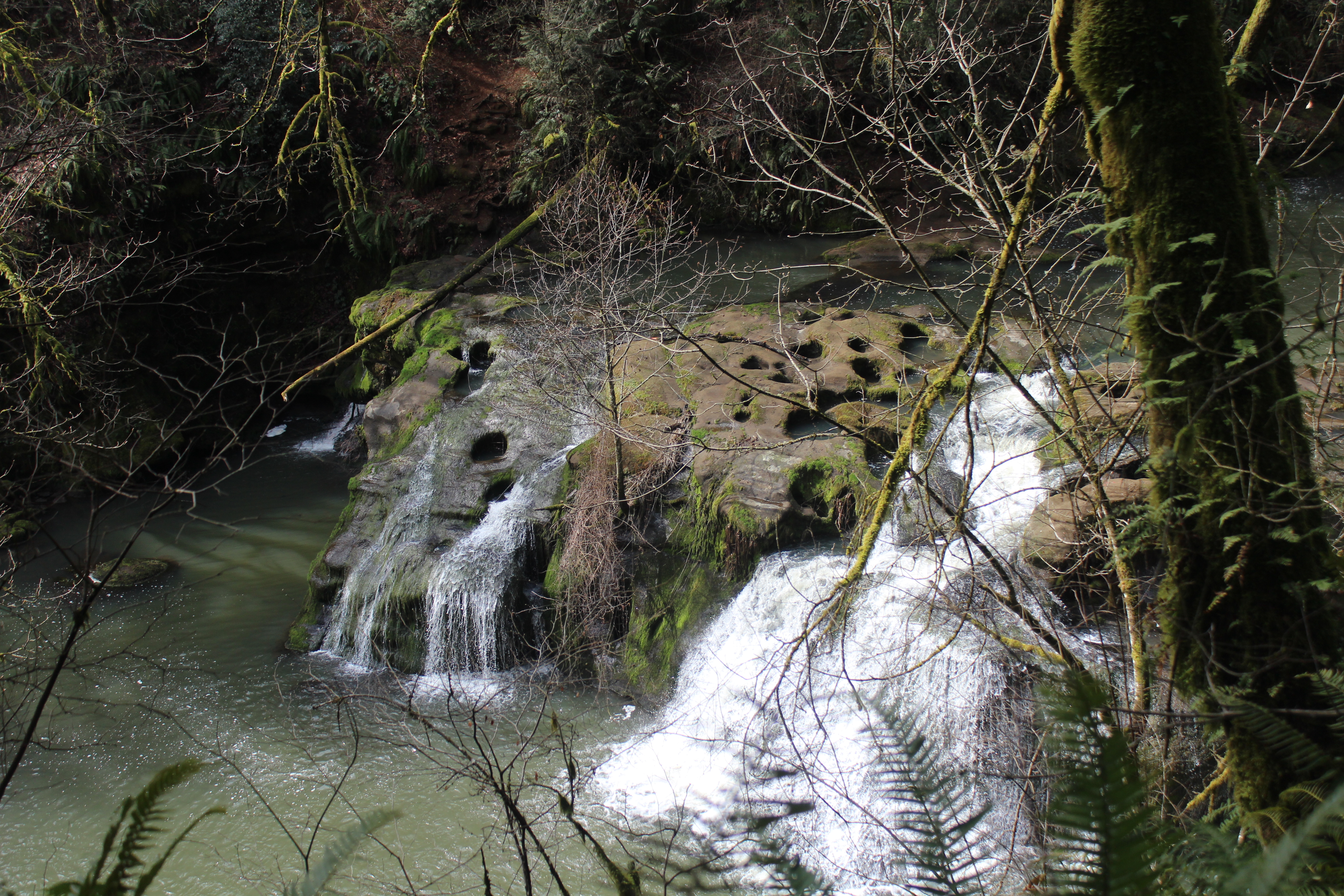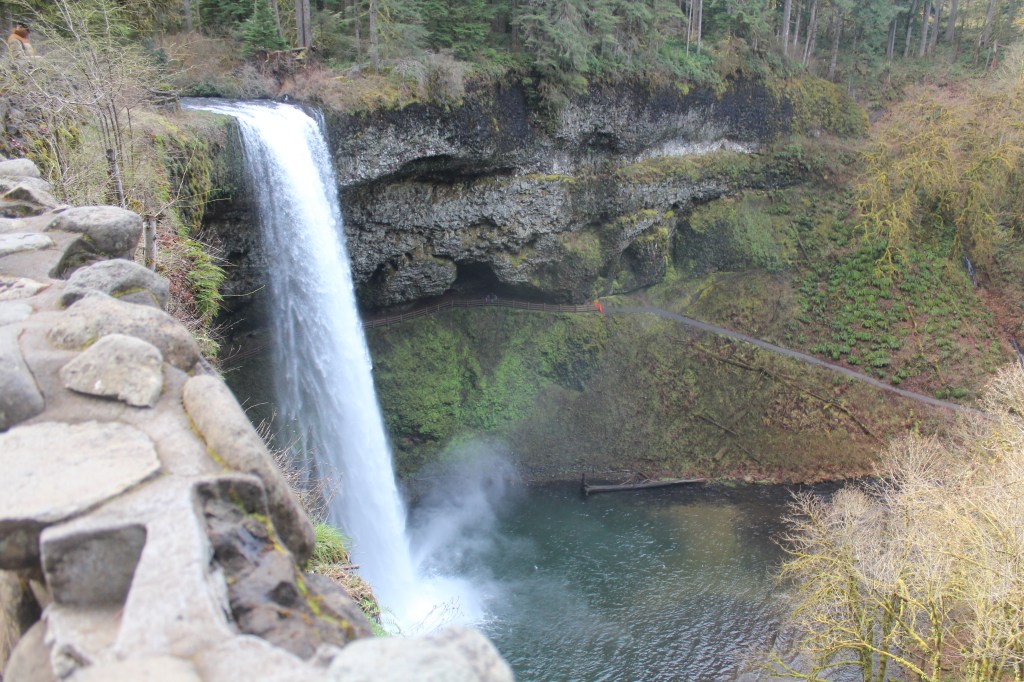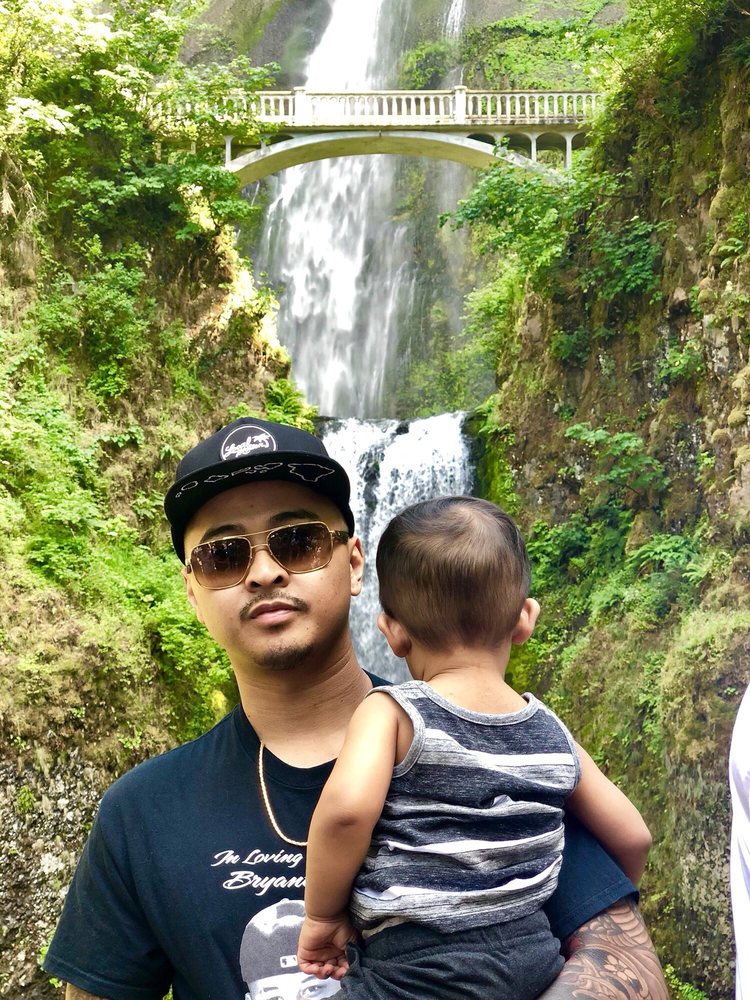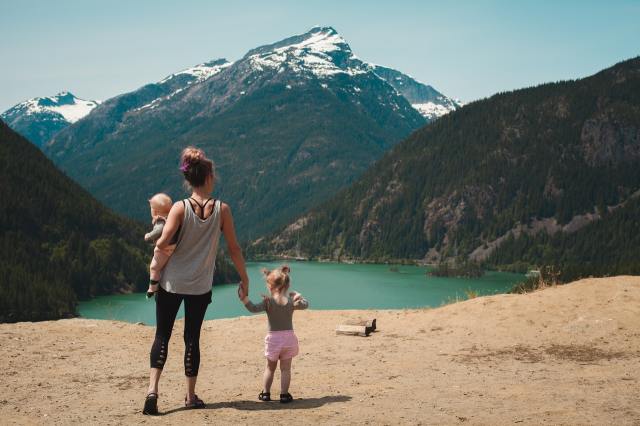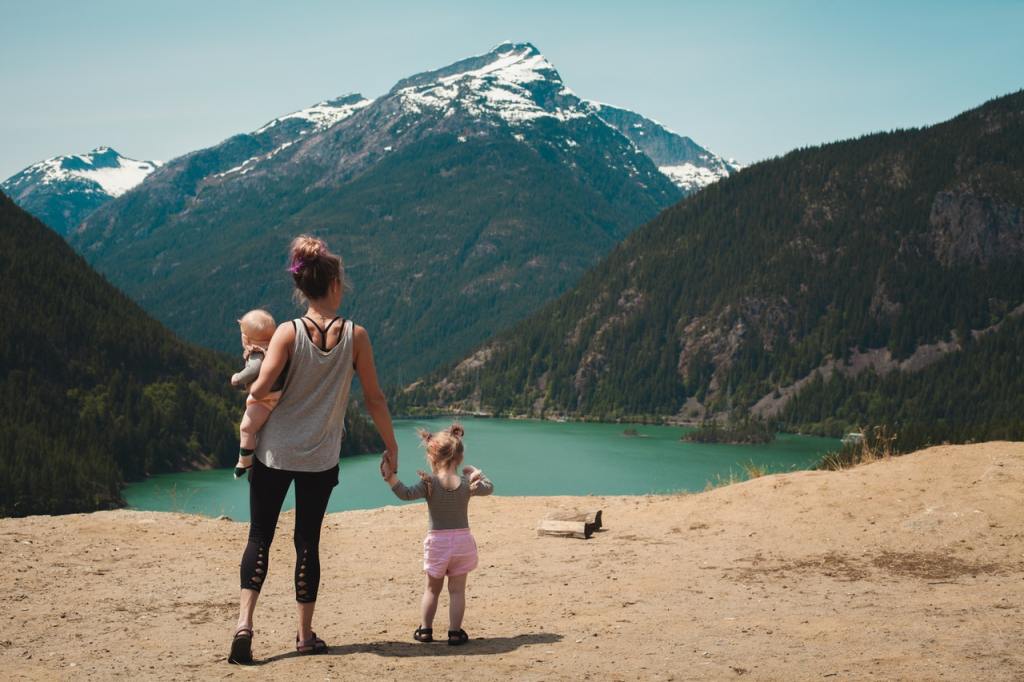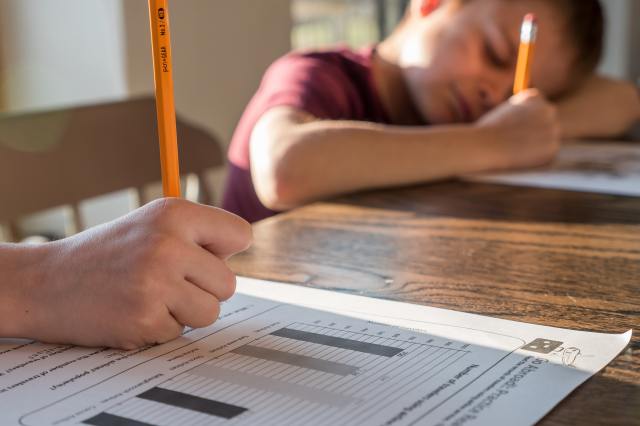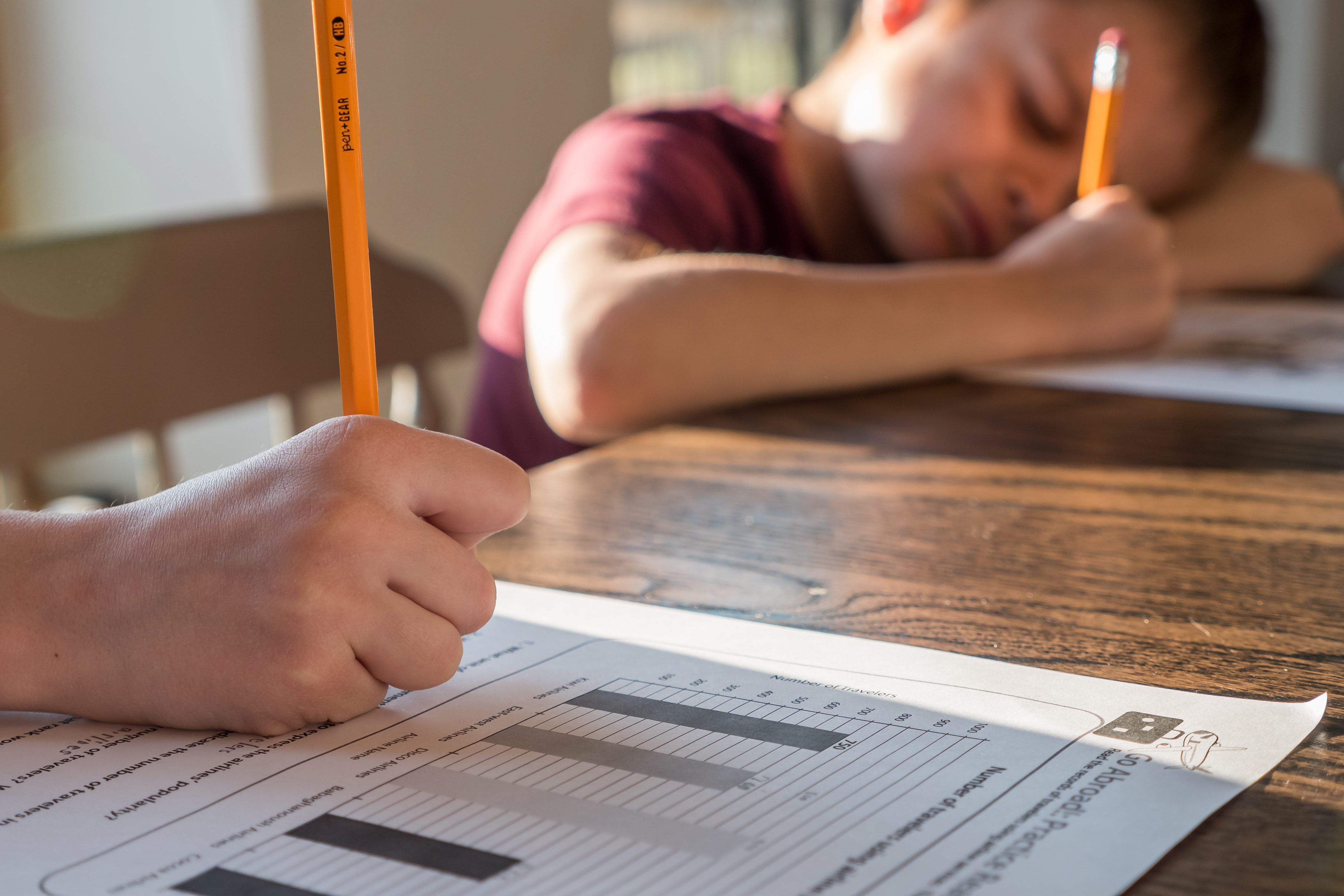Portland is known for its bike friendliness and spring is the perfect time for young bikers to get their peddle on, even if it’s for the first time. Finding bike paths where kids of all ages and abilities can learn and practice their bike riding skills isn’t as hard as you might think. From tree-lined paths to state parks and waterfront trails, we’ve lined up our picks for the the best bike paths for beginners in and around Portland. So grab your helmet, it’s time to ride.
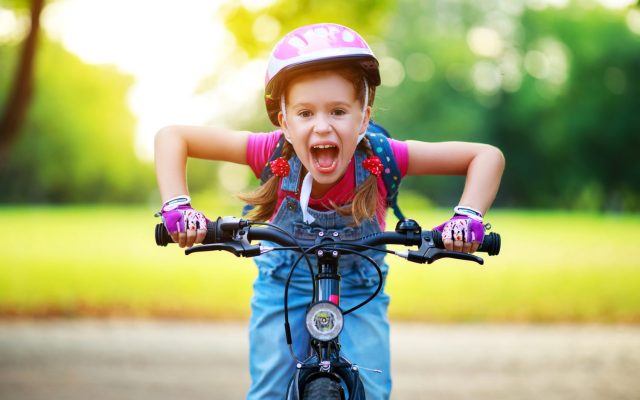
Fanno Creek Trail
Winding through Greenway Park near Washington Square in Beaverton, Fanno Creek Trail is really great for anyone just starting out. It’s a short trail at 1.8 miles one way, making it perfect for a quick out and back ride. The paved path is flat and is mainly in parks and along the creek, with plenty of trees and occasional shade. The trail continues through several communities if you’re willing to connect the paths, but for a beginner jaunt, just stick with the park section.
1.8 miles one way
Location: Scholls Ferry to Denny Rd, through Greenway Park, Beaverton
Online: accesstrails.org
Banks-Vernonia Trail
This forested path west of Portland is Oregon’s first rails-to-trails, running from the towns of Banks to Vernonia. Once a set of train tracks to haul lumber, it’s now a beautiful flat path through bird songs and ferns, and over 13 trestle bridges. Six different trailheads allow access along the way, including LL Stub Stewart State Park. The small town of Vernonia prides itself on being bike-friendly. Pro Tip: Check the website in advance for any trail closures (due to logging) or other hazards. The advisories are always being updated.
Distance: 21 miles one way
Location: West of Portland, Vernonia
Online: oregonstateparks.org
Springwater Trail
Another one of Portland's iconic bike trails, this trail winds along Johnson Creek, jumping back and forth along at least 10 bridges on it’s way out to Gresham. You can start either downtown at the Willamette River, or jump on the trail from several parks and other access points like Beggars-Tick Wildlife Refuge, Leach Botanical Gardens, Powell Butte Park, and Gresham’s Main City Park. The wide paved path is easy to follow and nice and flat for all levels of riders. If your older kids are ready for a challenge, tell them you’re going to ride all the way to where the trail ends at Boring, Oregon, to see if it matches up with it’s name!
Distance: 21 miles one-way, though it’s easy to cut into shorter bits
Location: Downtown Portland through Gresham to Boring
Online: portlandoregon.gov
Tualatin River Greenway Trail
If you are looking for wide scenic bike paths, this local trail is worth checking out. Your family bike ride will follow a 12 foot wide multi use pedestrian and bike path that meanders through trees, along the Tualatin River, by creeks, and past wetlands. The biking option is 4.6 miles long and runs from Brown's Ferry Park to Tualatin Community Park into Durham Park and Cook Park in Tigard. There are plenty of places to stop, play and explore along the way.
Distance: 4.6 miles
Online: tualatinoregon.gov
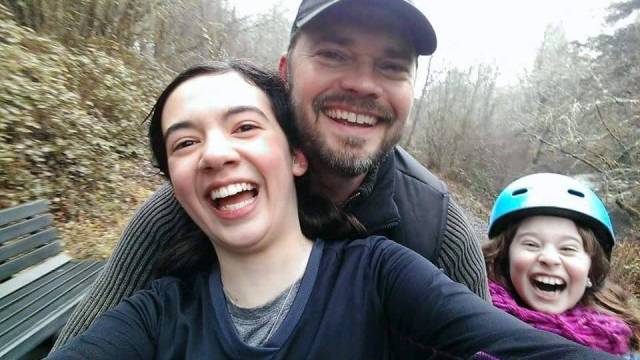
Champoeg State Park Trails
Get ready for a gorgeous bike ride that takes you back in time. The 4 miles of paved path winds through Champoeg State Heritage Area, where early settlers to Oregon held their provisional government and young bikers can access the trails. You’ll ride through wildflower meadows, riverbanks, and forests on a path that never feels too busy. Off-path, you can dig into history at old farmsteads and interpretive centers.
Distance: up to 4 miles of trails
Location: 5 miles south of Newberg, OR
Cost: $5 vehicle pass required
Online: oregonstateparks.org
Waterfront Park Loop/Eastbank Esplanade
This trail is one of Portland's iconic bike rides, looping around the Willamette with bridges, skyscrapers, fountains, and a floating bike path. When you’re ready to cross the water you can choose which bridge you want to use. Choose between the Steel Bridge, Hawthorne, or best of all—Tilikum Bridge, which doesn’t allow cars. There are lots of options for breaks, with two fountains on the downtown side, and on the other side you’ll find OMSI or the floating bike path—perfect for dipping hot feet into the river come summer!
Distance: approximately 6 miles looped, easy to cut into shorter parts
Location: Downtown Portland
Online: portlandoregon.gov
Marine Drive Trail
One of the best Portland bike trails, this is a flat, wide, straight trail great for beginners, running right alongside the Columbia River you can expect gorgeous views of the water, boats and the marina. This is part of Portland’s 40 Mile Loop, but it’s super easy to access anywhere for a quick ride. It’s a great place to practice bike skills. The western side starts at Kelley Point Park and goes through some industrial areas. Another good option is to start at Blue Lake Regional Park, where you can end your day with some splash pad fun when hot weather eventually hits!
Distance: 17 miles one-way
Location: NE Portland
Online: traillink.com
Trolley Trail
An urban interpretation of a rails to trails, this 6 mile path follows an old streetcar route from Milwaukie to Gladstone. The path has roots way back in 1893! Today it winds through neighborhoods and parks. Start at Riverfront Park in Milwaukie and follow the paved path as far you’d like. Several parks along the way make great stopping points, and the trail ends in Gladstone, or can be easily extended to Oregon City.
6 miles one-way
Location: Milwaukie Riverfront Park to Gladstone
Online: ncprd.com
Best Kid-Friendly Fishing Holes
Sandy Swim Spots Near Portland





